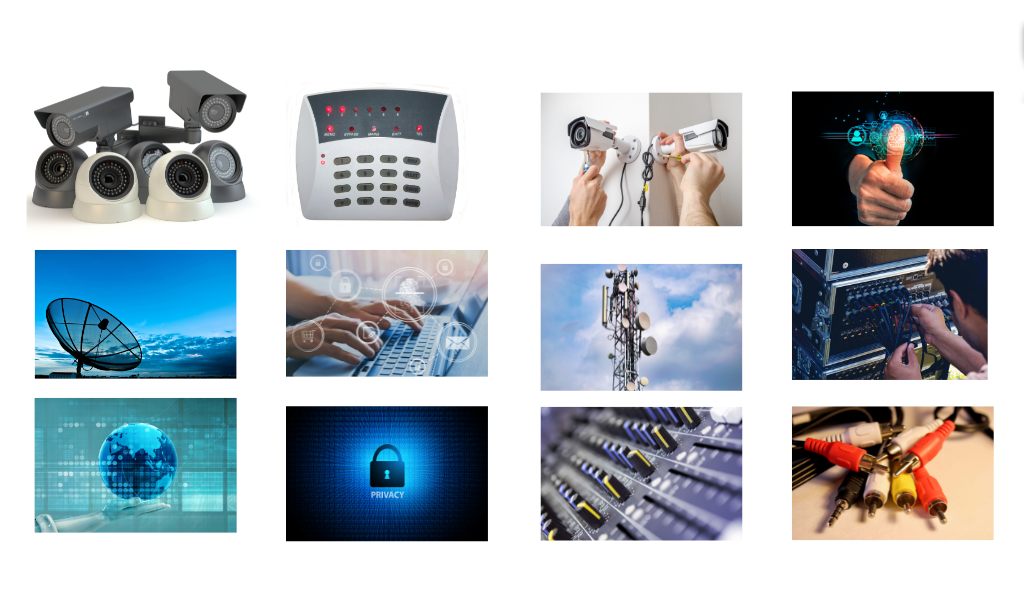Things to Look For When Shopping For Bulk Goods Manufacturing Software

Whether you’re an executive with limited energy or an employee trying to win by getting the most value for the least effort, the most valuable commodity today is no longer time or money. It’s mental effort. Now that data can be stored electronically, the top value in software especially in manufacturing applications is reducing friction between humans and software, and between different software systems.
For example, any data written on a clipboard can be transferred to a spreadsheet, but it rarely happens unless production would stop without it. Machine data can be logged, but if Operations Managers have to physically log in to a machine, they’ll rarely see it. Even having to open an extra interface and enter a password reduces the frequency of use unless the system is critical. Therefore, eliminating human steps between machine, server, or other systems will improve efficiency and impact the bottom line.
Functions to Expect
Minimizing Clipboards
Clipboards are unnecessary loose items on the floor, and any data recorded on them will require an extra step to be entered into a system. It’s better to eliminate them when possible. For example, in the X-ray industry, many SOPs and audits require operators to pass known contaminants through machines to validate their rejection. Traditionally, these validations are logged manually on a clipboard and presented at the end of the quarter or year. However, operators often delay logging, intending to fill out the sheet later. Over time, this results in incomplete or falsified logs. Automating the logging process not only reduces the administrative burden but also decreases the likelihood of missed validations, potential recalls, or issues with buyers.
Aggregating Machine Data
Another priority is finding software that turns machine data into system data, enabling managers to gain valuable insights. When all data is visible in one place, problems can be diagnosed more easily, allowing for more frequent corrective actions. For instance, if an X-ray machine flags a high rejection rate for a contaminant, it could signal that another machine is malfunctioning. If you have multiple plants, you’ll want software that links them, helping to identify whether problems are isolated to one plant or are part of a larger issue.
Remote Control & Closing the PC-PLC Loop
Being able to control equipment remotely from the same platform that provides real-time data reduces the need for management to physically access the machine. This increases the frequency of small corrective actions and allows urgent tasks to be handled more quickly. Modern software should offer both PC and PLC control, allowing for real-time monitoring by corporate and solving many operational issues.
Dynamic Machine Commands
In some cases, immediate action is needed, and human response time isn’t fast enough. For example, if a machine dispenses incorrectly, ruining proportions, or a failure causes damage to equipment, automated responses can prevent larger issues. By configuring other equipment or the entire line to stop automatically based on certain triggers, you can save time and reduce errors.
Closing the ERP Loop
Dynamic commands from your ERP system can also provide significant value. For example, if a bulk bag runs out mid-batch, a delay in detection could ruin the batch. A system that alerts you to low ingredient levels or shuts down the line until it’s refilled can prevent such losses. Additionally, having software that verifies ingredients using identifiers from the ERP system ensures only the correct products are introduced to the line. This integration enhances traceability and reduces costly errors.
Automated Reports
Manual report generation—even if it takes only a few minutes—will lead to data being reviewed less frequently. Automating reports and sending them directly to management at the end of each shift, day, or week ensures more consistent use of data. Managers can make more informed decisions without the burden of manual report generation.
Alerts
Reports are useful for most operations, but alerts are essential in emergencies. If a machine fails or a critical error occurs, management needs to know immediately. Alerts can notify management via text, email, or machine lights, allowing for a quick response to issues like product contamination or equipment malfunction.
Buyer Audits and Product Traceability
When it comes to audits, many manual logging procedures can be automated by traceability software. Features like automatic X-ray validation logs, temperature tracking, and batch traceability save time and reduce the risk of human error during audits. For example, using traceability software allows some companies, like Costco, to skip manual mock-recall procedures altogether. Click Here.
Features to Consider
Customizability
Nearly every software solution will offer some degree of customizability, but the extent can vary. It’s important to clarify how much customization is included in the base price and how much it will cost for additional features. Can the software be integrated remotely, or does it require on-site support at a higher cost?
Service
After-sales service is another area where hidden costs can arise. Make sure to evaluate the quality of a provider’s support. Is their contact information easy to find? Do they offer an emergency line? Can you speak to someone who can make decisions? Knowing the service rates and packages before purchasing will help avoid surprises later.
Price-Power Continuum
More powerful software tends to be more complex, with a steeper learning curve. If you have dedicated staff to manage the software, this may not be an issue. However, for most food producers, it’s better to choose a system that is user-friendly for Production and QA Managers. Software should simplify your operations, not overcomplicate them.
Local vs. Cloud Functionality
Decide early whether you prefer the security of a local system or the accessibility and support advantages of a cloud-based system. Not all providers offer both options, so this decision should be factored into your selection process.
Conclusion
We are now at a point where all your systems can be interconnected. Your production line should be visible from management’s computers, with automatic triggers in place for known risks. The system should integrate with your ERP to prevent easily avoidable mistakes. Reports should be automated, and management should receive alerts whether they’re on the floor or off-site. According to John Cassa of ABM Equipment, we can expect more advancements in automation and AI, but it will take time before these technologies play a major role in large systems.









